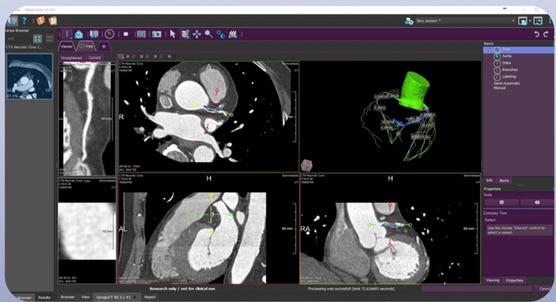

Heart failure (HF) is a major global health burden, impacting 26 million people worldwide and rising in prevalence. Those undergoing early angiography experienced higher rates of percutaneous coronary intervention (HR 2.58, 95% CI 1.73–3.86, P < 0.001) and coronary artery bypass grafting (HR 2.94, 95% CI 1.75–4.93, P < 0.001) within 2 years. Early angiography was performed in 1567 patients (52.3%) and was associated with lower all-cause mortality, cardiovascular death (HR 0.72, 95% CI 0.56–0.93, P = 0.012), and HF readmissions (HR 0.84, 95% CI 0.71–0.99, P = 0.042) after IPTW.

Of 7239 patients with acute HF, 2994 met inclusion criteria. We used inverse-probability-of-treatment weighting (IPTW) to adjust for baseline differences. We oversampled patients undergoing angiography. After clinical record review, we defined a cohort with acute ischaemic HF as patients with at least one factor suggesting underlying ischaemic heart disease, including previous myocardial infarction, troponin elevation, or angina on presentation. In a two-stage sampling process, we identified acute HF patients who presented to 70 emergency departments in Ontario (April 2010 to March 2013) and determined whether they underwent early coronary angiography within 14 days after presentation using administrative databases.


 0 kommentar(er)
0 kommentar(er)
